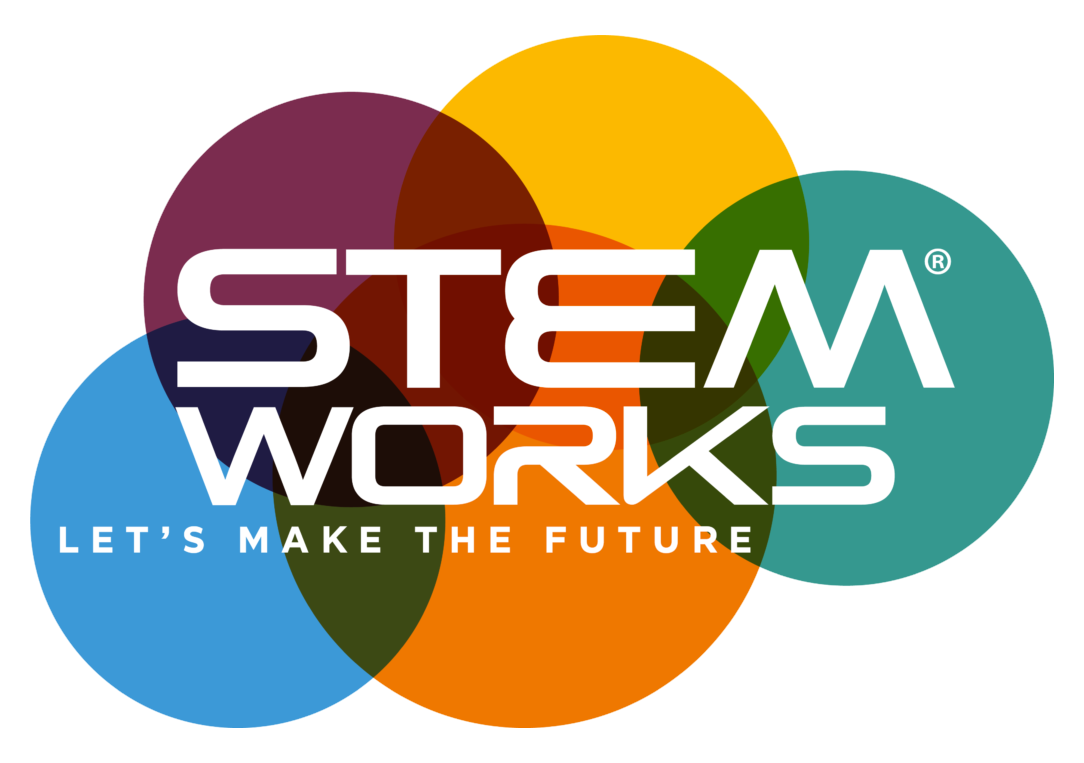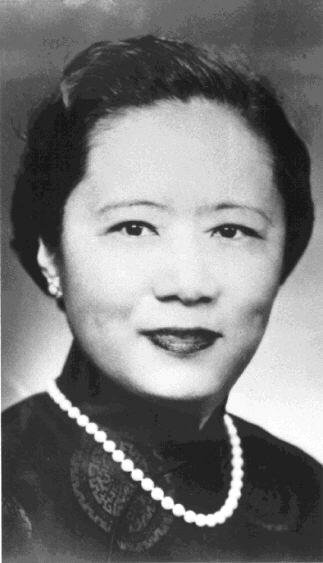Celebrating Women in STEM: Pioneers Who Shaped Our World
On this International Women's Day, STEMWorks proudly shines a spotlight on the remarkable individuals who have been instrumental in shaping the landscape of Science, Technology, Engineering, and Mathematics (STEM). The contributions of women in these fields have been nothing short of transformative, revolutionising industries, sparking innovation, and advancing our understanding of the world around us.
Without women in STEM, our world would be fundamentally altered. Their passion, intellect, and resilience have not only broken barriers but have also paved the way for future generations of aspiring scientists, engineers, and mathematicians to dream without limits.
Science:
Chien-Shiung Wu
Chien-Shiung Wu, born on May 31, 1912, in Liuhe, Jiangsu Province, China, was a prominent experimental physicist known for her significant contributions to nuclear physics. Wu earned her Ph.D. from the University of California, Berkeley, in 1940, under the guidance of renowned physicist Ernest O. Lawrence.
During her career, Wu worked on the Manhattan Project, contributing to the development of the atomic bomb during World War II. Her most notable work occurred at Columbia University, where she conducted the Wu experiment in 1956 with collaborators Tsung-Dao Lee and Chen-Ning Yang. This experiment provided experimental evidence that the hypothetical parity conservation law in weak interactions did not hold, a groundbreaking discovery that led to a Nobel Prize in Physics for Lee and Yang in 1957.
Despite her crucial role in the experiment, Wu was not included as a laureate, sparking significant debate and criticism regarding gender discrimination in the field of science.
Chien-Shiung Wu continued her research, focusing on particle physics and beta decay, throughout her career. She received numerous accolades for her work, including the Comstock Prize in Physics from the National Academy of Sciences.
Wu's dedication to scientific exploration and her pioneering contributions have left an indelible mark on the field of physics, inspiring generations of scientists to come. Chien-Shiung Wu passed away on February 16, 1997, leaving behind a legacy of courage, determination, and excellence in the world of science.
Technology:
Amelia Earhart
Amelia Mary Earhart was a pioneering American aviator who rose to fame in the early 20th century for her ground-breaking achievements in the field of aviation technology. Born on July 24, 1897, in Atchison, Kansas, Earhart developed her passion for flying at a young age and went on to become one of the most celebrated female pilots of her time.
Earhart's aviation career reached new heights when she became the first woman to fly solo across the Atlantic Ocean in 1932. This remarkable feat not only showcased her exceptional piloting skills but also solidified her status as an aviation trailblazer. Throughout her career, Earhart set numerous other records and milestones, inspiring generations of aspiring aviators, both men and women.
In 1937, Earhart embarked on her most ambitious flight yet – an attempt to circumnavigate the globe. Tragically, she disappeared during this mission, and her fate remains a mystery to this day. Despite her untimely disappearance, Earhart's legacy continues to endure, symbolizing courage, determination, and the relentless pursuit of one's dreams.
Amelia Earhart's contributions to the field of aviation have left an indelible mark on history, inspiring countless individuals to reach for the skies and break barriers in pursuit of their passions. Her story serves as a reminder that with perseverance and a pioneering spirit, no dream is too far out of reach.
Engineering:
Hedy Lamarr
Hedy Lamarr, born on November 9, 1914, in Vienna, Austria, was not only celebrated as a renowned actress but also made world-blazing contributions to engineering.
Despite her successful acting career, Lamarr possessed a brilliant mind with a passion for inventing. During World War II, she, along with composer George Antheil, developed a frequency-hopping technology to enhance torpedoes' guidance systems. This innovation, known as spread spectrum technology, laid the foundation for modern wireless communication and became a precursor to technologies like Bluetooth and Wi-Fi.
Lamarr's engineering prowess was far ahead of her time, yet her contributions remained largely unrecognized during her lifetime. It was only in later years that her remarkable ingenuity and foresight were truly appreciated.
Lamarr's legacy extends beyond the glamour of Hollywood; she stands as a testament to the fact that brilliance knows no bounds. Her story serves as an inspiration for young engineers and inventors, emphasizing the importance of relentless curiosity and innovation in shaping the future.
As we reflect on Hedy Lamarr's life, it becomes evident that the way we tell her story online can bridge the gap between her fame as an actress and her ground-breaking work as an engineer. By highlighting her contributions to STEM fields, we ensure that future generations recognize her not only for her beauty on screen but also for her beautiful mind that reshaped the world of technology.
Maths:
Katherine Johnson
Katherine Johnson, a trailblazing mathematician whose calculations were critical to the success of America's early space missions, was born on August 26, 1918, in White Sulphur Springs, West Virginia. Johnson's exceptional mathematical abilities were evident from an early age, and she excelled in her studies despite facing racial and gender barriers.
After graduating summa cum laude from West Virginia State College in 1937, Katherine Johnson began her career as a teacher. However, her trajectory changed when she joined the National Advisory Committee for Aeronautics (NACA), which later became NASA, in 1953. At NACA, Johnson joined a group of African-American women known as "human computers," who performed complex mathematical calculations by hand.
Johnson's remarkable intellect and meticulous attention to detail quickly set her apart, and she became known for her accuracy in calculating trajectories, launch windows, and emergency return paths for numerous space missions. Her contributions were instrumental to the success of John Glenn's historic orbit around the Earth in 1962, as well as the Apollo 11 moon landing in 1969.
Despite facing discrimination and segregation during her career, Katherine Johnson remained undeterred and focused on her work, breaking down barriers for women and African Americans in the fields of science and mathematics. Her dedication and perseverance paved the way for future generations of aspiring scientists and engineers.
In 2015, Katherine Johnson was awarded the Presidential Medal of Freedom by President Barack Obama in recognition of her pioneering work at NASA. Her story was brought to a wider audience in the book and movie "Hidden Figures," which highlighted the contributions of Johnson and her fellow female mathematicians.
Katherine Johnson's legacy continues to inspire individuals around the world to pursue their passions, overcome obstacles, and strive for excellence in the face of adversity. She passed away on February 24, 2020, leaving behind a legacy of achievements and a lasting impact on the field of aerospace engineering.
The remarkable life and contributions of Katherine Johnson serve as a testament to the power of determination, intellect, and resilience in shaping history and advancing human knowledge.
As we celebrate International Women's Day, let us not only acknowledge the invaluable contributions of these remarkable women but also recognize the countless unsung heroes who have shaped the landscape of STEM. Their stories remind us of the endless possibilities that exist when we empower and support women in pursuing their ambitions in science, technology, engineering, and mathematics.
The world we inhabit today stands as a testament to the tireless efforts and achievements of women in STEM. May their legacies continue to inspire us to push boundaries, challenge norms, and strive for a more inclusive and diverse future in the world of science and innovation.




